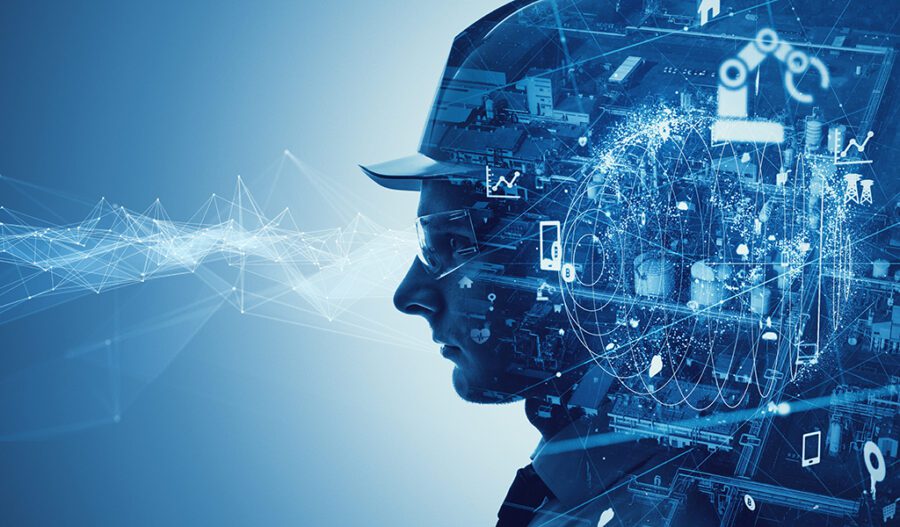
The initial uptake of AI was within financial services – that still continues but we are now seeing adoption beyond traditional industries dominated by AI.
The CB insights AI 100 is an annual list of interesting AI companies.
This year, I saw companies applying AI to nontraditional sectors
These areas are relatively hard to acquire data for at scale
The operative word being ‘at scale’ as you see below
Here are some examples
Civic engagement for smart decisions from millions of data points(zencity)
AI/ML software that improves commercial and private wireless communication systems. (deepsig)
Using artificial intelligence to identify and recover recyclables by digitizing billions of images, to capture data on a vast array of material, packaging, and container types. These are then used in an automated manner for the recovery of even the hardest-to-recycle materials, aiding society’s path to a circular economy.(amprobotics)
Ship performance models: combines deep learning with real‑world data from a wide variety of sources to automatically generate hyper-accurate ship performance models, capable of predicting fuel consumption, speed, and other values far more accurately than traditional models.(bearing ai)
Very accurate ecosystem credits (regrow)
Linear economy vs circular economy
Consider the application to the circular economy
The term circular economy is “a model of production and consumption, which involves sharing, leasing, reusing, repairing, refurbishing and recycling existing materials and products as long as possible.CE aims to tackle global challenges such as climate change, biodiversity loss, waste, and pollution by emphasizing the design-based implementation of the three base principles of the model. The three principles required for the transformation to a circular economy are: eliminating waste and pollution, circulating products and materials, and the regeneration of nature. (source Wikipedia)
How can AI be used for this task?
The solution is to apply Intelligence at Scale
- use computer vision to recognize patterns of specific recyclable materials within a complex waste stream of smashed, folded, and tattered objects—all combined together.
- Guides robots to sort and recover what material to recycle or contamination to be removed.
classifying this data into hundreds of categories by material type, color, form, and other characteristics.
continuously improve its ability to recognize materials. - Recognizes more than 50 billion objects annually
So, we see the same themes – the need for complex problems that warrant the use of AI, high data volumes, and the ability to deploy at scale
Image source: https://en.wikipedia.org/wiki/Circular_economy#/media/File:Linia_kontra%C5%AD_Cirkulero.svg
References:
https://www.cbinsights.com/research/report/artificial-intelligence-top-startups-2022/
https://www.amprobotics.com/
